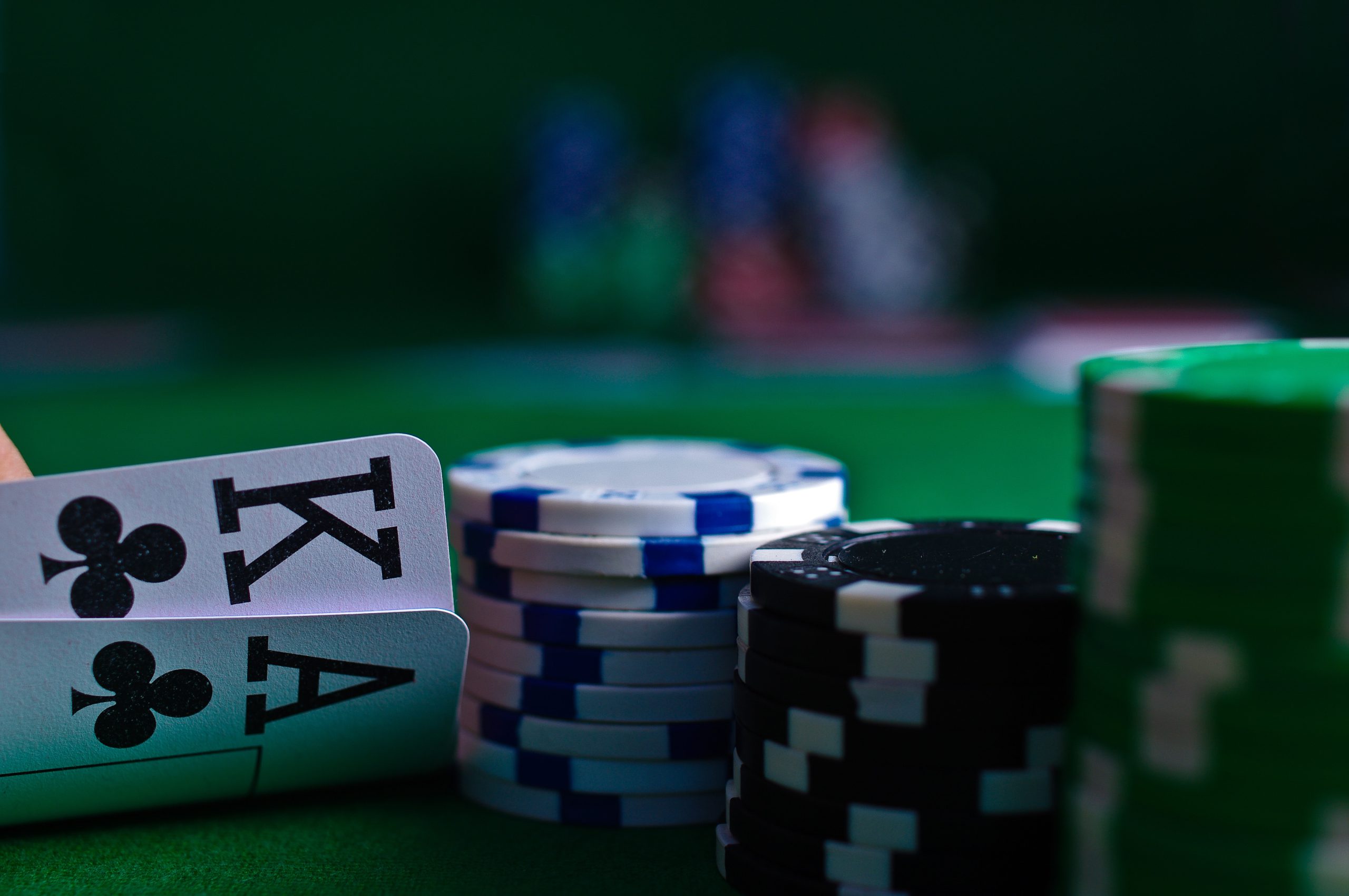Omaha-related Courchevel is fascinating. Each Courchevel player receives five “pocket cards” that are unique to them. Additionally, five open community cards comprise the “board.” To make the best five-card poker hand, each player must use two of their five pocket cards and three shared cards.
Unlike 5-card Omaha, Courchevel deals the flop’s first card face up before the pre-flop bidding round.
Different Courchevel
Courchevel’s variations are:
Courchevel’s betting caps are set for each game and round.
Pot Limit in Courchevel limits bets to chips.
Unlimited Courchevel players may bet up to their stacks.
Rules
Courchevel’s “button” or “dealer’s button” denotes the notional dealer in each hand. Before the hand starts, the player clockwise from the button sets the small blind. The next player must next set the big blind, which is usually double the little blind.
The small blind in Fixed Limit games is usually half the large blind, although it may be greater depending on the betting structure. In these games, the large blind equals the tiny blind. In a $2/$4 game, the small and big blinds are $1 and $2. In a $15/$30 game, the big blind is $15 and the small blind is $10.
For pot-limit and no-limit games, the small blind is $1 and the big blind is $2. The initial flip card is revealed and each player receives five closed cards. Starting with the person “under the gun,” players proceed clockwise. The counterclockwise seater from the huge blind is here.
the pre-flop.
After getting their face-down cards and the flop’s first card, players may call or raise the large blind to continue playing. Left-handers start. He may fold, call, or raise. A call raises $2 and at least $4 if the huge blind is $2. After this action, it goes clockwise.
Poker varieties may have different bidding mechanisms. This article discusses Courchevel’s fixed-limit, no-limit, and pot-limit bidding.
Bidding continues until all remaining players have equal stakes in the pot.
Flop The final two “flop” cards are dealt face up following the opening round of bidding. The first three cards on the flip are the same for all remaining players. First player moves clockwise around the board. There’s more bidding. Courchevel Fixed Limit bets and raises are multiples of a small stake, such $2 in a $2/$4 game.
Turn
The turn is dealt face up on the flop following the bidding. The turn is Courchevel’s fourth most common card. First turn goes to the first active player clockwise around the Button. There’s more bidding. Courchevel Fixed Limit bets and raises are multiples of the high stake, such as $4 in a $2/$4 game.
River
The “river” is dealt following the turn’s face-up bidding. Courchevel’s sixth normal card is the river. Active players exit clockwise from the batten. One more round of bidding.
Showdown
The last person to bet or raise opens the cards if there are several active players after the previous betting round. If there were no bets in the previous round, the active player sitting clockwise from the Button opens the cards first. The best five-card hand wins the pot. In Courchevel high-low, you must utilize two pocket cards and three communal cards. The money is distributed equally among participants with identical combinations.
After the winner receives the pot, the new hand begins. The next player clockwise receives the button.
Pot-limit, fixed-limit, and no-limit Courchevel
With a few differences, Courchevel’s fixed limit, no-limit, and pot-limit games use the same rules:
Fixed-limit Courchevel. Wager sizes are managed and limited at Courchevel. On the pre-flop and flip, all bets and raises are in huge blind increments. All bets and raises are doubled on the turn and river. At Courchevel Fixed Limit, each round allows four bets. This means players may (1) Bet, (2) Raise, (3) Re-Raise, and (4) Cap (last Raise).
Limit Courchevel. Courchevel Pot Limit’s minimum bet is the huge blind, however players may bet up to the pot size.
Raise lowest. Any earlier Bid or Raise during the same betting round must be smaller than the Raise. The second player may Raise by at least $5 if the first player bets $5, making the total wager $10.
Maximum growth. The maximum raise is the sum of the current pot, the bets put, and the amount the active player must call before raising.
Example. The player may not bet more than $100 if the pot is $100 and there have been no wagers in the most recent round of bidding. Once a wager is made, the round continues clockwise. The player may fold, call, or raise from the minimum (additional $100) to the maximum. The player must first raise $100, boosting the pot size to $300, and then call $100, making the total wager to $400.
In Courchevel Pot Limit, raises are unlimited.
Limitless Courchevel. Players may bet any amount, including all their chips, in no-limit Courchevel.
Raise lowest. In No Limit Courchevel, the previous Bid or Raise must be equal to or more than the Raise. The second player may Raise by at least $5 if the first player bets $5, making the total wager $10.
Maximum growth. The whole stack of chips a player possesses on the table.
In Courchevel Pot Limit, raises are unlimited.
